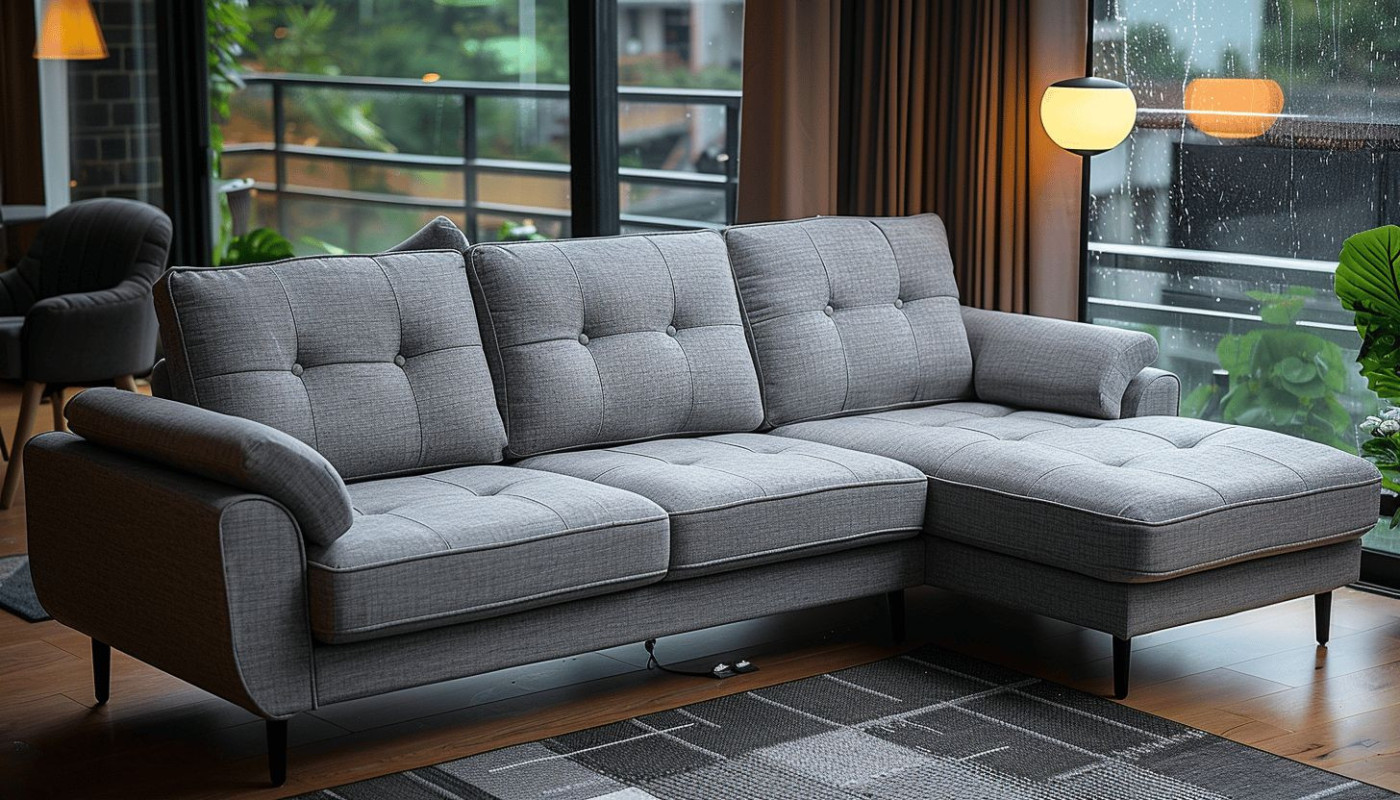Table of contents
Discover the serene beauty and understated elegance of a minimalist garden. This style, celebrated for its simplicity and harmony, offers a tranquil retreat from the bustling world. As this trend continues to grow in popularity, understanding the fundamental principles behind creating such spaces becomes paramount. This blog post will delve into the essential tips for crafting a minimalist garden that is both aesthetically pleasing and easy to maintain. Read on to embark on a journey towards designing a space where less truly is more.
Understanding Minimalist Garden Design
Minimalist garden design is rooted in the philosophy that 'less is more,' offering a serene and uncluttered approach to landscaping. This design aesthetic is characterized by simplicity, ensuring every element has a purpose and place, creating a harmonious outdoor environment. Clean lines in the garden are a hallmark of this style, contributing to a sense of order and elegance. The use of a monochromatic garden palette further emphasizes the minimalist approach, often incorporating shades of green with occasional splashes of color for visual interest. Landscape architects and garden designers advocate the strategic use of negative space—the empty areas around and between plants—as vital in minimalist outdoor spaces, allowing for the garden's design and structure to be truly appreciated. The overall effect of simplicity in landscaping is a tranquil, open space free from clutter, where every detail is thoughtfully considered and impactful.
Selecting the Right Plants
Creating a minimalist garden revolves around the art of simplicity and order. An integral aspect of this aesthetic is the careful selection of low-maintenance plants that not only fit within the minimalist planting scheme but also ensure ease of upkeep. The proper plant taxonomy should be considered, as it allows for choosing species that naturally thrive in your garden environment, eliminating excessive care. Carefully thought-out plant placement is another key element. It is pivotal in establishing garden focal points that draw the eye and contribute to the serene and organized feel of the space. By embracing a restrained plant palette, you encourage a harmonious atmosphere that resonates with the minimalist ethos. Limiting the variety of plants prevents the garden from appearing chaotic and instead promotes a sense of tranquility and balance. With this approach, each plant's form and texture become significant, making each choice a deliberate and strategic step towards a cohesive and visually soothing garden.
Incorporating Hardscaping Elements
Within the realm of minimalist garden design, the incorporation of hardscaping elements is pivotal to achieving a balance between form and function. The careful selection of hardscaping features such as minimalist pathways, garden water features, and stone accents in garden settings plays a substantial role in enhancing both the usability and visual appeal of outdoor spaces. For instance, minimalist pathways not only guide visitors through the garden but also establish a clear spatial organization that avoids clutter. Garden water features can serve as a serene focal point, while also reflecting the sky and surrounding greenery. Stone accents introduce a textural contrast without overwhelming the senses. The overall design is one where every functional garden design element serves a purpose, ensuring that the garden remains a tranquil, cohesive retreat. A landscape contractor or designer with a keen eye for detail can proficiently integrate these hardscaping features to craft an elegant and understated outdoor sanctuary.
Focusing on Quality Over Quantity
In designing a minimalist garden, the significance of selecting quality garden materials cannot be overstated. When you invest in top-notch materials and craftsmanship, you are building not just a garden but a lasting sanctuary. Material longevity is a key tenet of a minimalist approach, ensuring that each element—from minimalist garden furniture to durable outdoor fixtures—contributes to a timeless garden design that transcends fleeting trends. As opposed to quantity, where a space might be filled with numerous items of lesser quality, choosing fewer but higher-quality pieces signifies a commitment to sustainability and aesthetics. These materials and furnishings are designed to endure, saving you from the cycle of frequent replacements and repairs. A landscape materials supplier or a professional in garden design would advocate for the benefits of embracing this philosophy: a space where the beauty and integrity of the garden elements are preserved year after year. To learn more about crafting a serene outdoor retreat that embodies these principles, feel free to click here for additional insights and resources.
Maintaining Your Minimalist Garden
Preserving the tranquil aesthetic of a minimalist garden requires a diligent approach to upkeep. Committing to regular garden maintenance tips provided by landscaping experts can ensure that your serene outdoor space remains orderly and pleasing to the eye. An effective pruning regimen is paramount for controlling plant growth and preserving the garden's intended design. Not only does it keep foliage in check, but it also promotes healthy plant development. A clean minimalist garden also benefits from a disciplined cleaning schedule that involves removing fallen leaves and debris that could disrupt the garden's neat appearance. When it comes to managing garden fixtures, it's imperative to repair or replace any element that no longer aligns with the garden's overall theme or function, maintaining an uncluttered garden space that epitomizes simplicity and elegance.
Similar articles

Choosing The Right Corner Sofa For Small Living Spaces

Essential Tips For Maintaining Your Watch Box In Top Condition

Minimalism in Interior Design: A Deeper Look

